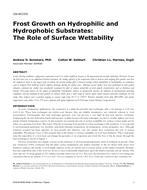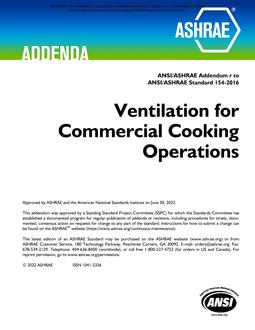Specific values for the design temperature have long been used as a starting point for design and sizing calculations for many applications. Designs using these extreme one-hour values are appropriate if the time constant of the system being designed is short; however if the system being designed has a significant thermal lag the extreme single-hour value can be significantly inadequate. The purpose of this report is to document the development of a technique to select sequences of data from long-term weather records and then present the results of using this technique on long-term weather data from a number of locations in North America.
A number of different methods of combining the multiple hours of data within a sequence to produce a single value which then could be ranked were tested. The method of taking the average of the parameter over the time window was selected as the best method. It was found that the non-steady-state heat transfer method could not be used as a reliable indicator of the extreme sequences because the specification of the wall type to be used introduced a large variation in the selection of the extreme sequences.
The purpose of this project was to develop a technique to select sets of data from long-term weather records which could be used in designs needing weather data longer than one hour and then use this technique on long-term weather data from a number of locations in North America.
Product Details
- Published:
- 1997
- Number of Pages:
- 95
- File Size:
- 1 file , 4.6 MB
- Product Code(s):
- D-RP-828


